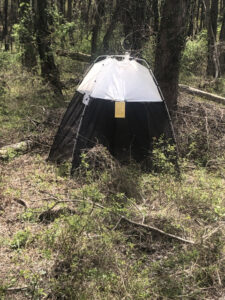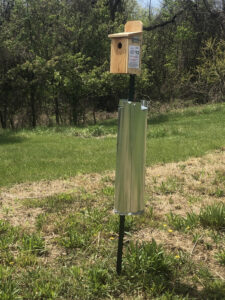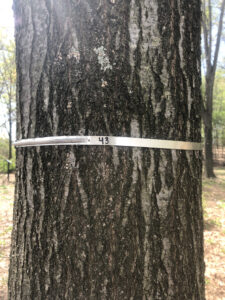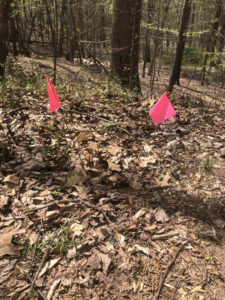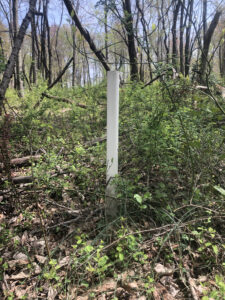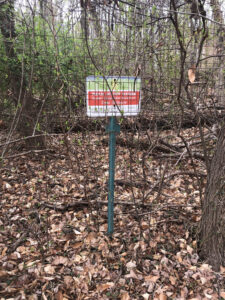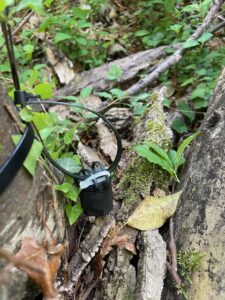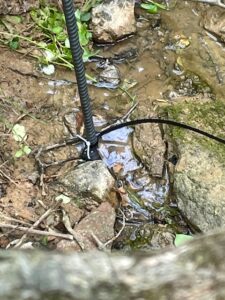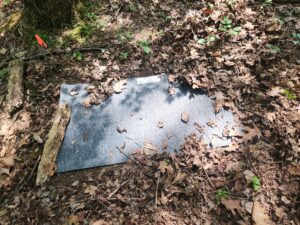What makes CERA unique from other parts of campus is its protection to support academic research and understanding of the natural environment and preserving site information.
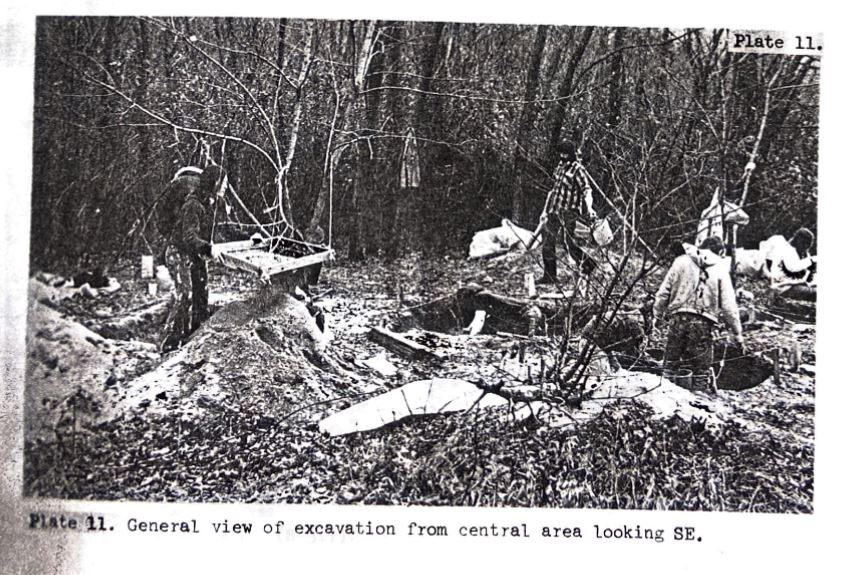
Signs of Research
When you visit CERA keep an eye out for “signs of research”; CERA is an active place of research on a variety of topics includes birds, insects, tree health, and water quality. Interested in learning more about research happening in CERA? You can always reach out to the CERA Committee for more information (cera@umbc.edu).
Research Publications
Stay tuned!
